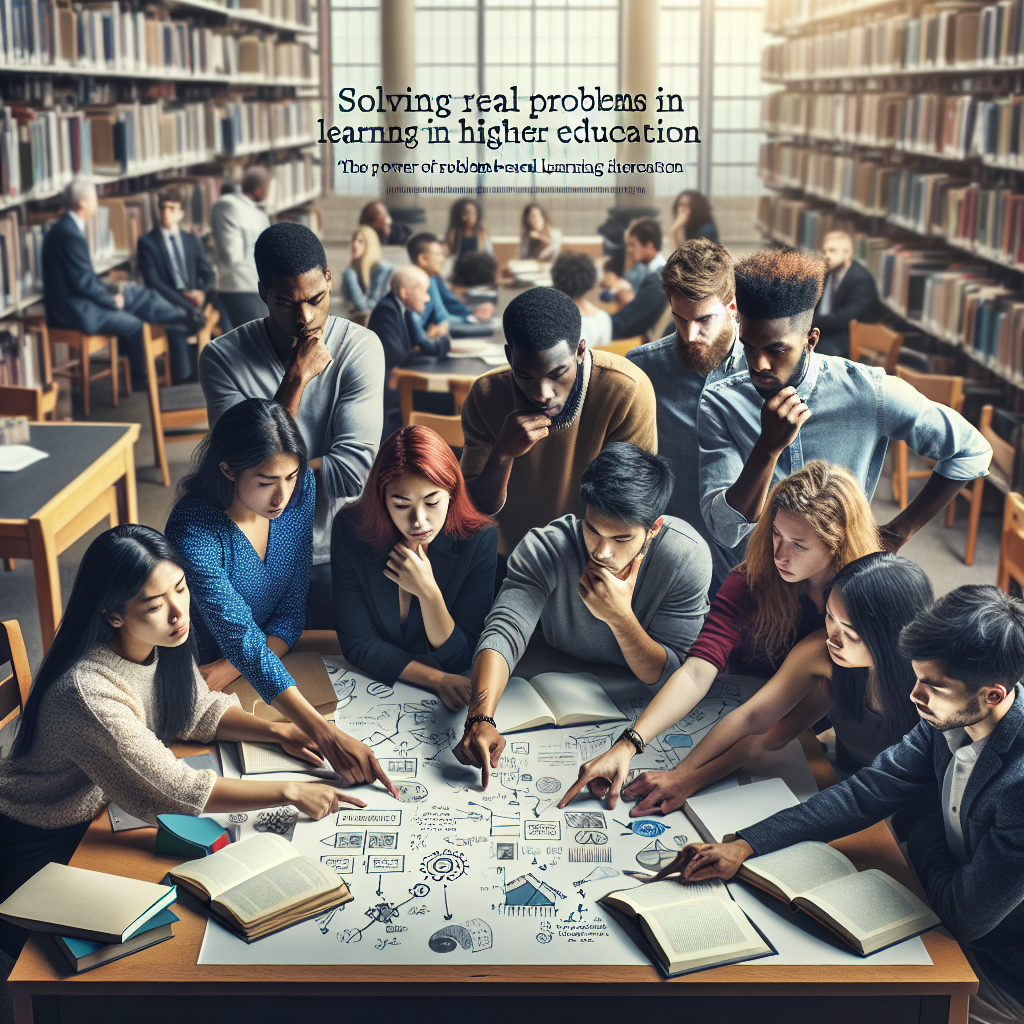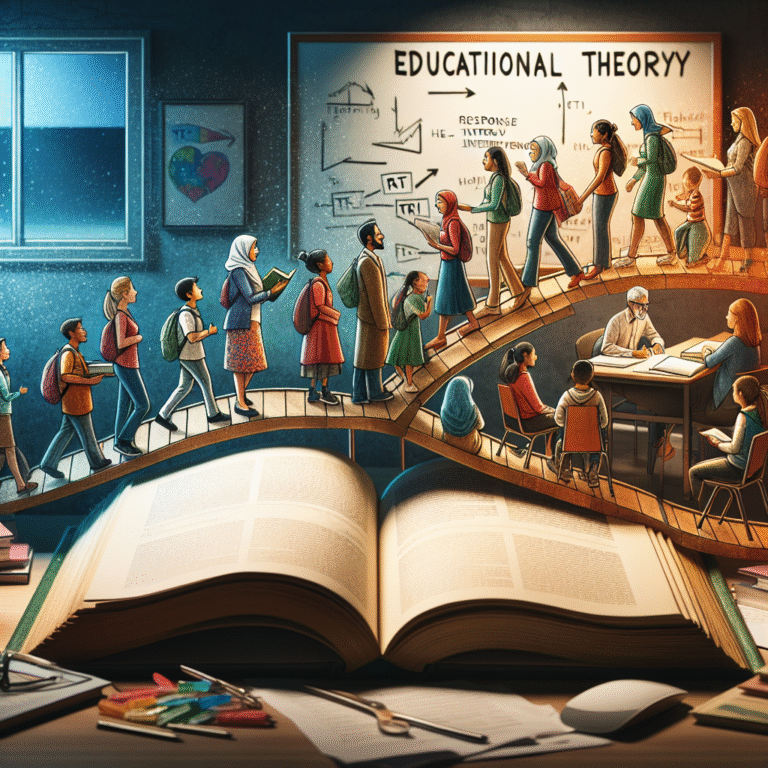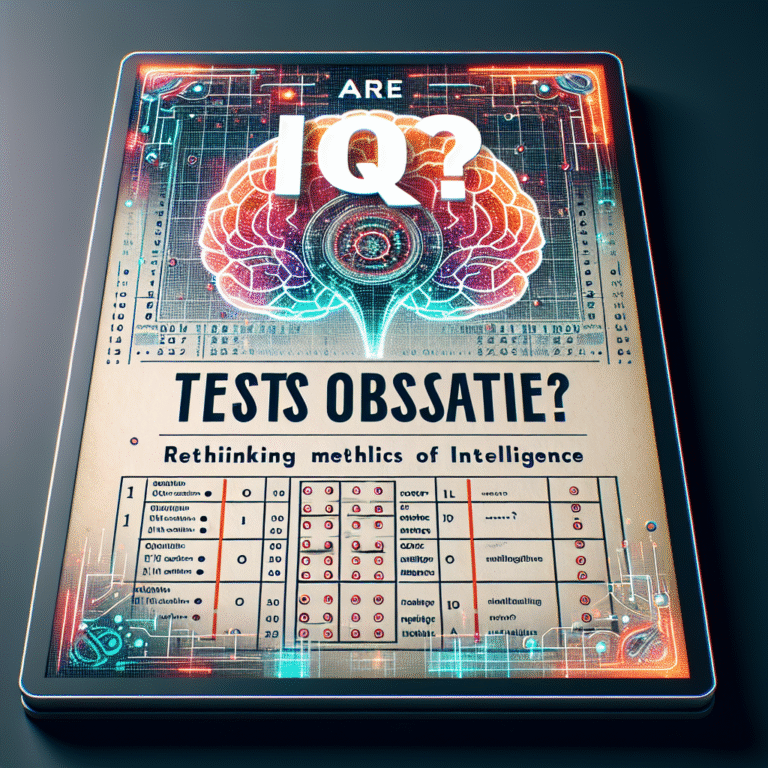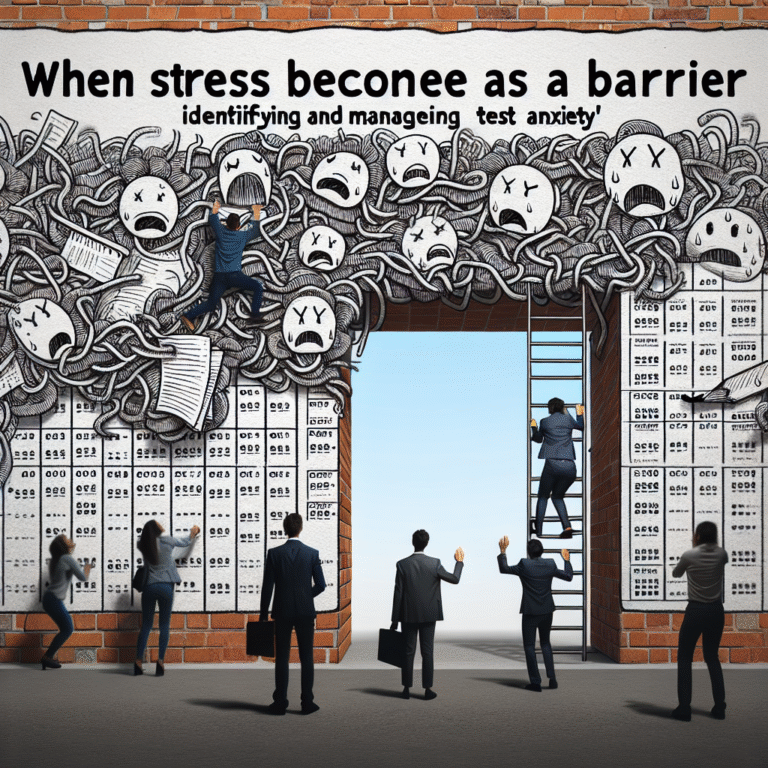
Introduction
In the fast-paced world of today, the need for relevant and practical education is more critical than ever. Traditional education methods often emphasize rote memorization and theoretical knowledge, leaving students unprepared for real-world challenges. Enter problem-based learning (PBL)—an innovative approach that entails actively engaging students in solving real problems, which enhances their critical thinking and collaborative skills. This article explores Solving Real Problems: The Power of Problem-Based Learning in Higher Education, illustrating its transformative potential through engaging case studies, data visualization, and actionable insights.
The Essence of Problem-Based Learning
Understanding Problem-Based Learning
At its core, problem-based learning is an instructional method where students work on real-world problems rather than merely consuming information. This method fosters active participation, encouraging students to explore, collaborate, and apply their knowledge in practical situations.
Key Characteristics of PBL:
- Student-Centered: Learners take charge of their education, fostering mastery and independence.
- Collaborative: PBL often involves group work, enhancing teamwork and communication skills.
- Authentic Context: Problems are drawn from real-life scenarios, making learning relevant and engaging.
Why PBL Is Essential Today
Bridging the Skills Gap
Employers today seek graduates who can think critically and solve complex problems. Research indicates that over 70% of employers prioritize critical thinking and problem-solving skills in potential hires. This gap between employer expectations and graduate competencies necessitates an educational overhaul.
Table 1: Skills Employers Seek from Graduates
| Skill | Percentage (%) |
|---|---|
| Critical Thinking | 73% |
| Communication | 65% |
| Teamwork | 62% |
| Problem-Solving | 70% |
| Technical Skills | 55% |
Enhancing Student Engagement
Engagement is a critical factor in effective learning. Traditional lecture-based methods can often lead to disengagement. In contrast, problem-based learning fosters a sense of ownership, making students more invested in their education. When students see the relevance of their work, their motivation skyrockets.
Case Studies Demonstrating PBL Effectiveness
Case Study 1: The University of Maastricht
One of the pioneers in implementing problem-based learning is the University of Maastricht in the Netherlands. Their curriculum integrates real-world problems into the learning process right from the first year.
Analysis
Students engage in small groups, tackling healthcare dilemmas or ethical questions. This collaborative and immersive environment not only enhances understanding but significantly boosts retention rates compared to traditional methods. Maastricht reported a 30% increase in student satisfaction regarding the learning experience.
Case Study 2: Stanford University’s d.school
Stanford University’s Design School, or d.school, employs PBL through its emphasis on design thinking. Students work in multidisciplinary teams to create solutions to tangible problems, such as improving public transportation in rural areas.
Analysis
By bridging theory and practice, students leave with a clear understanding of how to apply their skills. The methodology has turned out innovative solutions, including a redesign of bike-sharing programs, all while deepening students’ analytical abilities.
Case Study 3: Medical Schools Embracing PBL
Medical schools worldwide, including Harvard and Johns Hopkins, increasingly incorporate PBL into their curricula. Students learn through clinical cases rather than textbook theories.
Analysis
This approach has shown that students graduate with not only strong theoretical knowledge but also the ability to apply it effectively in clinical settings. As a result, they are often better prepared for patient interactions and real-world challenges faced in medical practice.
The Science Behind Problem-Based Learning
Cognitive Development Through Real-World Application
PBL promotes cognitive development through active learning. According to studies, learners who engage in problem-based learning exhibit enhanced critical thinking, deeper understanding, and a greater capacity for complex reasoning.
Chart 1: Cognitive Skills Improvement Through PBL
| Cognitive Skill | Traditional Learning | Problem-Based Learning |
|---|---|---|
| Critical Thinking | 55% | 80% |
| Problem-Solving | 60% | 85% |
| Retention of Information | 60% | 75% |
Practical Implementation of PBL
Steps to Integrate PBL in Higher Education
- Identify Real-World Problems: Engage students in discussions to identify challenges within their fields of study.
- Facilitate Group Work: Encourage collaboration by forming groups where students can share diverse perspectives.
- Promote Reflection: After solving a problem, have students reflect on their experiences, reinforcing learning through introspection.
- Integrate Assessments: Develop criteria that measure not only the solutions to problems but also collaboration, creativity, and critical thinking.
Overcoming Challenges in PBL Implementation
While the benefits of PBL are manifold, institutions often encounter challenges during implementation.
Common Barriers
- Lack of Training: Faculty may not be familiar with PBL or how to facilitate it effectively.
- Curriculum Resistance: Some educators may resist transitioning away from traditional methods.
- Resource Constraints: Institutions may lack the resources necessary for effective group work and problem simulation.
Strategies for Success
- Faculty Development Programs: Invest in training faculty on PBL methodologies.
- Pilot Programs: Start with small-scale initiatives to demonstrate effectiveness before wide-scale implementation.
- Resource Allocation: Ensure that necessary tools, such as technology and materials, are available to support PBL.
Conclusion
Solving Real Problems: The Power of Problem-Based Learning in Higher Education is not merely an educational trend—it’s a vital approach for equipping students with the skills needed to thrive in a complex world. By embracing PBL, institutions can foster critical thinking, improve engagement, and align their educational offerings with employer expectations. If we aspire for a more innovative and capable workforce, putting real-world problem-solving at the heart of education is essential.
Actionable Takeaway: Educators and administrators must recognize the transformative potential of problem-based learning. Start small, stay committed, and be ready to witness a cultural shift in how education is perceived and delivered.
FAQs Section
1. What is problem-based learning (PBL)?
PBL is an educational approach where students learn through the investigation of complex, real-world problems, fostering critical thinking and collaborative skills.
2. How does PBL differ from traditional learning methods?
Unlike traditional methods that focus on rote memorization, PBL emphasizes active engagement, collaboration, and practical application of knowledge.
3. What are some examples of successful PBL programs?
Institutions like the University of Maastricht and Stanford’s d.school have successfully implemented PBL, resulting in improved student outcomes and satisfaction.
4. How can I implement PBL in my classroom?
Begin by identifying real-world problems related to your subject, facilitate group discussions, incorporate reflective practices, and develop assessments to evaluate both solutions and collaboration.
5. What challenges might I face when implementing PBL?
Common challenges include faculty training, resistance to change in curriculum, and resource constraints. Overcoming these barriers will require planning, support, and commitment.
Adopting problem-based learning not only enriches the educational experience but also prepares students for the challenges they will face in their careers, ultimately leading to a more innovative and solution-oriented society. The time for change is now.


















